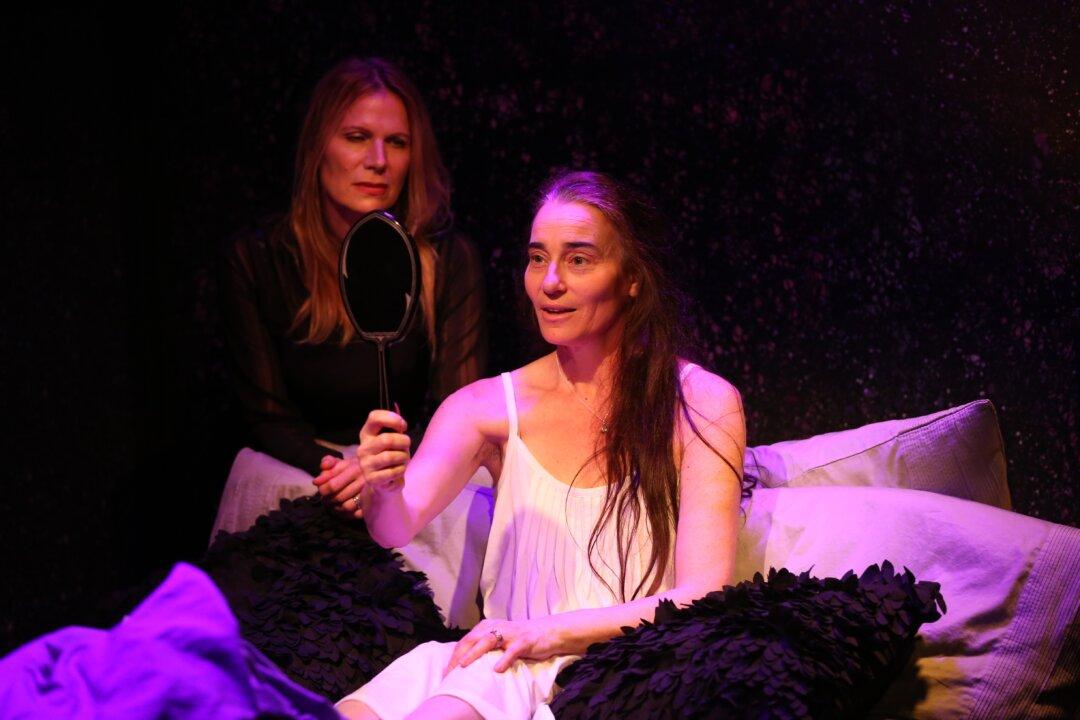NEW YORK—Mel Brooks used to tell this joke: A fly complains that she has 500 offspring and none of them comes to visit. The central figure in Marina Carr’s “Woman and Scarecrow,” at Irish Repertory Theatre, doesn’t have 500 children; she’s the mother of eight, but none of them shows up while she is lying on her deathbed.
Nor does a doctor or priest appear during the play, which takes place at the present time in the Midlands, Ireland.






